How to Eat Falafel with Hummus
Falafel and hummus match together perfectly and are loved by food enthusiasts around the world. If you want to fully enjoy this delicious combination, then you should join us to explore the process of making delicious homemade falafel and enhancing your hummus experience and of course find out How to Eat Falafel with Hummus.
Falafel and Hummus, A flawless pairing!
Just imagine crispy falafel balls with a golden exterior, paired perfectly with the creamy goodness of hummus.
The pairing of falafel and hummus creates a delightful fusion of textures and flavors that has remained cherished over the years.
The combination isn’t just a meal; it’s an experience deeply rooted in Middle Eastern cuisine and tradition.
How to Eat Falafel with Hummus, Prepare
Before we dive into eating falafel with hummus and find out How to Eat Falafel with Hummus, let’s have a little review of making falafel at home.
First, grab your chickpeas, herbs, and spices as we walk through a simple yet authentic recipe that will elevate your falafel game.
- Begin by soaking the chickpeas in water overnight. Drain and rinse them thoroughly the next day.
- In a food processor, combine the chickpeas, herbs (such as parsley and cilantro), and spices (including cumin, coriander, and garlic).
- Pulse the mixture until it forms a coarse texture with some small chunks remaining.
- Transfer the mixture to a bowl and refrigerate it for about 1 hour to allow it to firm up.
- Once chilled, shape the mixture into small patties or balls, ensuring they are compact.
- Heat oil in a frying pan over medium heat. Carefully place the falafel patties or balls into the hot oil and cook until they turn golden brown on all sides. Make sure they are cooked through.
- Remove the falafel from the oil and drain them on a paper towel to remove excess oil.
- Serve the falafel hot with your favorite accompaniments, such as pita bread, hummus, tahini sauce, or a fresh salad.
Now let’s prepare homemade hummus. The required materials are:
- 5 cups cooked chickpeas
- 1/4 cup tahini paste
- 3 tablespoons fresh lemon juice
- 2 garlic cloves, minced
- 2 tablespoons olive oil
- 1/2 teaspoon salt
- Water (as needed for desired consistency)
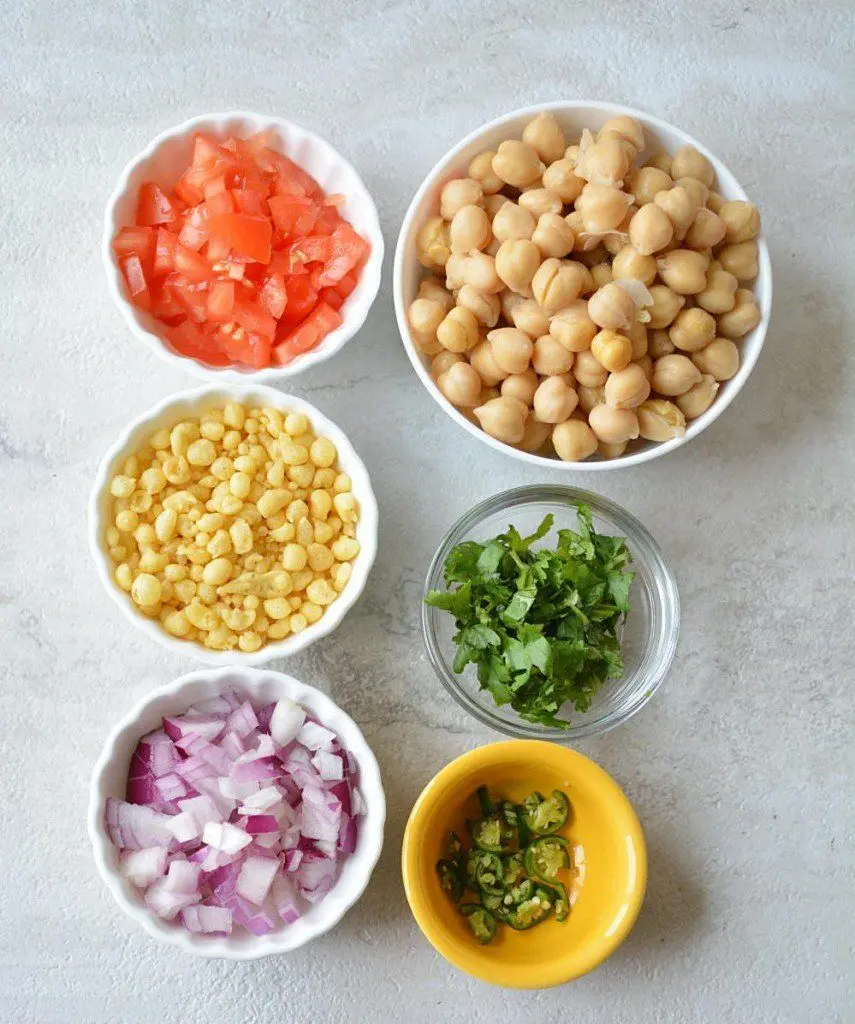
An example of a simple falafel ingredients.
To make hummus, you must:
- Gather your ingredients, including chickpeas tahini paste, garlic cloves, lemon juice, olive oil, and salt.
- In a blender or food processor, combine the chickpeas, tahini paste, garlic cloves, lemon juice, and a pinch of salt.
- Blend the ingredients until it gets smooth and creamy, adding olive oil while blending will add a rich flavor.
- If the solidity is not good enough, then you can add a little water to achieve your desired texture.
- Taste and adjust the seasonings, adding more lemon juice, garlic, or salt if needed.
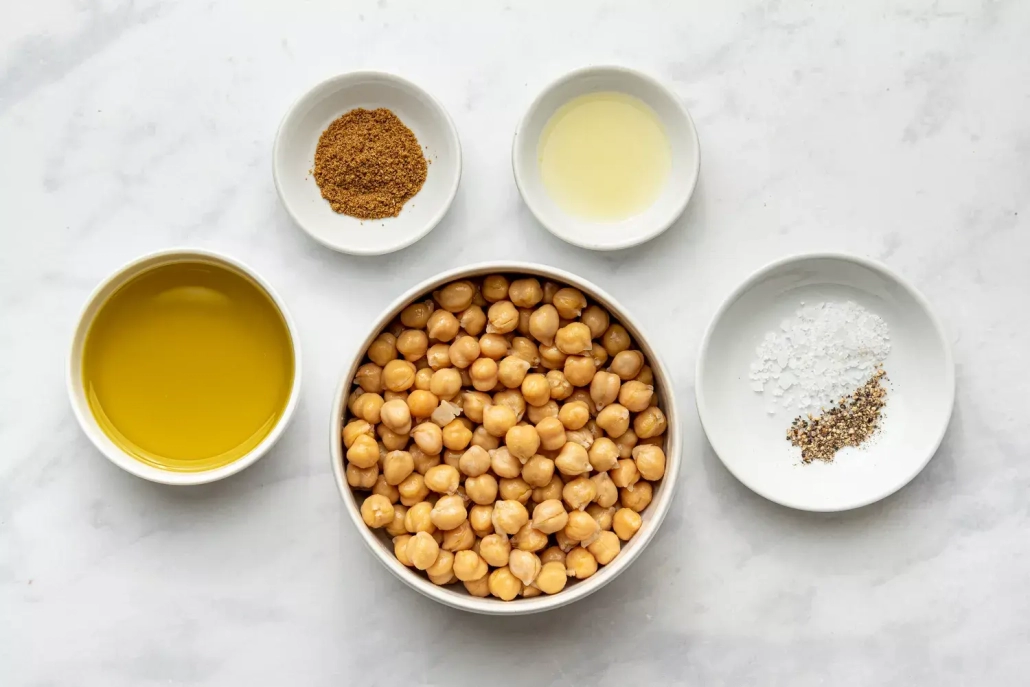
Hummus ingredient
View Automatic Falafel Machines of Novin Sanat Company
Serving Suggestions for Falafel and Hummus
Choosing between pita and flatbread has captured the attention of many for a long time. Let’s take a closer look at the ideal choice for enjoying your falafel and hummus. When it comes to the perfect vessel, there are two popular options that stand out, pita bread and flatbread.
Both options have their merits, so let’s examine their characteristics and consider which one might suit your preferences best.
How to Eat Falafel and Hummus with pita
Pita bread is a traditional choice that offers a soft and fluffy texture with a hollow center, making it ideal for stuffing with falafel and hummus. Its pocket-like structure allows for easy filling and creates a convenient handheld option.
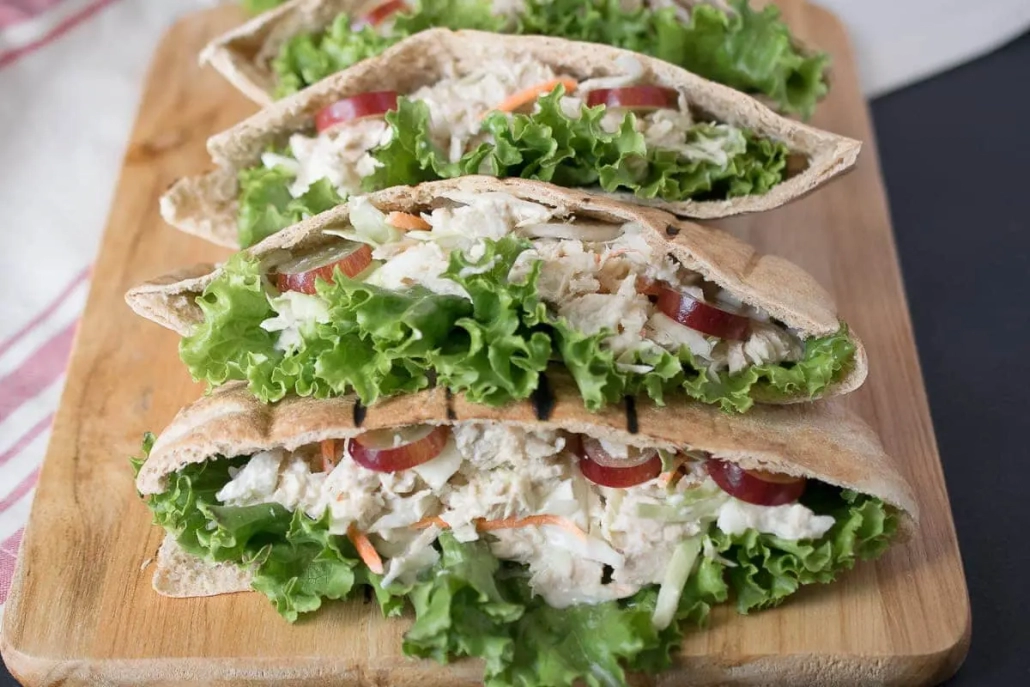
Pita is a bread known for its pocket-like structure, often used for sandwiches or filled with various ingredients. pita is an excellent choice when served with falafel and hummus.
How to Eat Falafel and Hummus with flatbread
On the other hand, flatbread offers a thinner and more flexible base. It gives a slightly chewy texture and a larger surface area. flatbread can be rolled, wrapped, or folded depending on your preference.
Ultimately, choosing between pita bread and flatbread is totally a personal preference and the desired eating experience. Whether you prefer the classic pocket-like shape of pita or the versatility of flatbread, both options will undoubtedly give an enjoyment for your falafel and hummus.
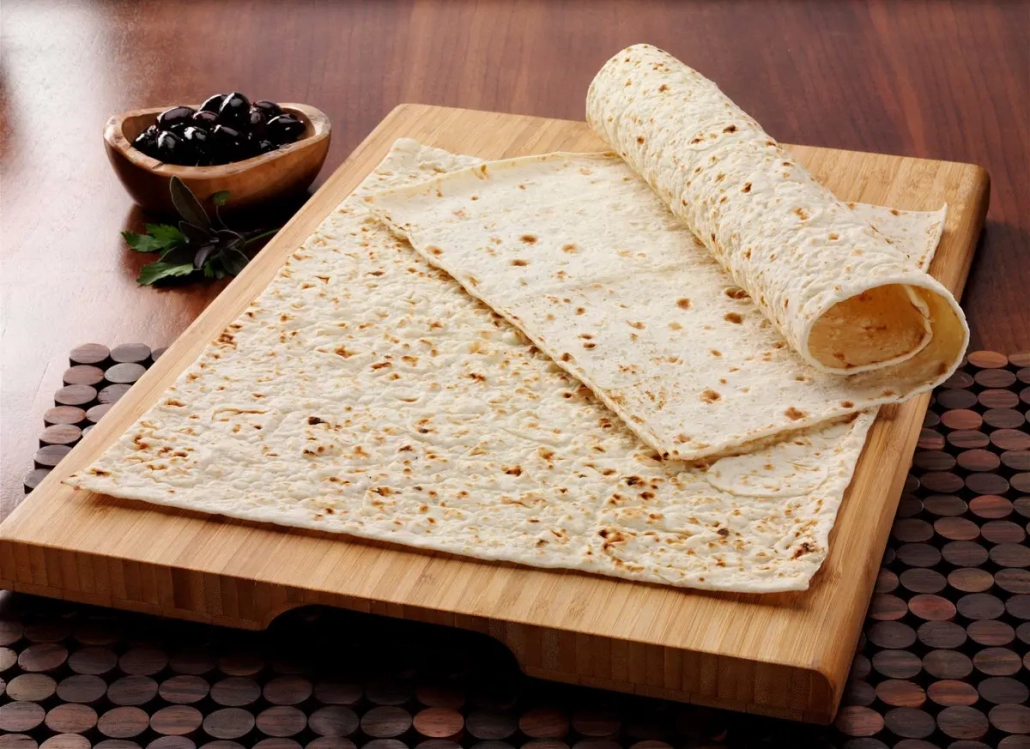
Flatbread is a bread that is made by rolling out dough made from flour, salt, and a liquid such as water.
Dipping Techniques for Maximum Flavor
We will tell you the secrets of the perfect falafel-to-hummus ratio and introduce you to creative dipping techniques that will tantalize your taste buds.
Falafel and Hummus Bowls
For individuals who are seeking to change the traditional falafel and hummus combination into a more substantial and satisfying meal, falafel and hummus bowls will give the perfect solution. These bowls offer a creative and customizable way to enjoy falafel and hummus.
To create a delicious falafel and hummus bowl, you should begin with choosing a base ingredient, such as quinoa, rice, or mixed greens. This will form the foundation of your bowl.
Next, add freshly prepared falafel on top of the base. These crispy chickpea patties will serve as the centerpiece of the bowl.
To add freshness and flavor, consider a good selection of different vegetables, such as cucumbers, tomatoes, bell peppers, and red onions.
You can also experiment with additional ingredients like olives, pickled vegetables, or roasted sweet potatoes to enhance the overall taste.
To finish off the bowl, generously drizzle creamy hummus over the falafel and vegetables. This smooth sauce will provide a tangy and creamy element to the dish.
For those who prefer a bit of heat, you can try flakes or add a hot sauce to give the bowl a spiciness. Fresh herbs like parsley or cilantro can also be added to enhance the flavors further.
Falafel and hummus bowls allow for personal customization, so feel free to experiment and adjust the ingredients according to your style, desire and dietary needs.
Falafel and hummus bowls offer a delightful way to transform a classic dish into a modern flavorful meal. By combining the right balance of flavors and textures, along with the fresh vegetables and grains, these bowls provide delicious meals.
Fusion Flavors by International Variations
One of the best aspects of (falafel and hummus) we have to mention in the How to Eat Falafel with Hummus article is their ability to adapt with all cultures around the world.
People from various cultures have mixed and created their own versions of this popular mix. Let’s explore a few examples you can inspire:
1. How to Eat Falafel with Hummus in Mediterranean version
In Mediterranean cuisine, falafel and hummus take on new dimensions. For instance, in Greece, falafel might be served with tzatziki, a creamy cucumber and yogurt sauce.
In Lebanon, it could be enjoyed with tahini, a rich sesame paste. These regional adaptations infuse the flavors of the Mediterranean and create a delightful fusion.
2.How to Eat Falafel with Hummus in Asian version
In Asia, falafel and hummus have been joined and reimagined with local ingredients and flavors. For example, In India, falafel might be served with a tangy chutney or accompanied by pickled vegetables.
3.How to Eat Falafel with Hummus in Latin America version
How to How to Eat Falafel with Hummus in Latin America!! yes, i know it’s totally surprising even in south America you can find falafel and hummus!
Falafel and hummus cuisine in Latin America is perfect and worth trying! The fusion of Falafel and hummus in Brazil is served with a vibrant salsa or a spicy chimichurri sauce. These adaptations give new taste and flavor.
The adaptability of falafel and hummus allows for flavors across different cultures. The incorporation of regional ingredients is an opportunity to explore new and delightful combinations.
Health Benefits of Falafel and Hummus
Falafel and hummus offer several health benefits:
1. Nutritional value of falafel:
- Falafel is made from ground chickpeas or fava beans, which are excellent sources of plant-based protein.
- Chickpeas provide a good amount of dietary fiber, promoting healthy digestion and assisting in weight management.
- Falafel is typically fried, but it can also be baked or air-fried. When prepared with healthier cooking methods, falafel can be a source of beneficial fats.
- Micronutrients: Falafel contains various vitamins and minerals, including folate, iron, magnesium, and zinc, contributing to overall nutrient intake.
2. Nutritional value of of hummus:
- Hummus, made primarily from chickpeas, provides a good amount of plant-based protein. It can be a valuable protein source for vegetarians and vegans.
- Hummus is typically made with olive oil, which is a heart-healthy monounsaturated fat.
- Hummus contains various nutrients such as fiber, iron, folate, manganese, and vitamin C, fostering overall well-being.
Falafel Nutrition Facts
Mistakes you should Avoid
Even the most seasoned chefs can stumble. We’ll guide you away from common mistakes, ensuring your falafel is perfectly cooked, and your hummus consistency is on point.
Here are some mistakes to avoid when cooking falafel and making hummus:
- Always soak the chickpeas for the recommended amount of time, usually overnight, but avoid soaking them for too long because it can affect the texture and make the falafel mixture too soft.
- After soaking the chickpeas, make sure to drain and dry them before grinding. Excess moisture can make the falafel mixture too wet, resulting in difficulty shaping the patties and crumbling during frying.
- To ensure the falafel holds its shape, add enough combinations of flour or breadcrumbs to the mixture. This will help the mixture stay together and prevent it from falling apart in frying.
- Add a good balance of seasonings, such as onions, garlic, herbs, and spices. These will ensure your falafel has a flavorful taste. Avoid blandness by tasting and adjusting the seasoning as you go.
- Use a high-temperature oil like vegetable or canola oil for frying falafel at around 350-375°F (175-190°C). Avoid overcrowding the pan, as it can cause uneven cooking. Also, check the oil is hot enough before adding the falafel to prevent oil absorption.
- When making hummus, avoid over-blending or processing the chickpeas, it can result in a smooth but overly dense texture. In addition, the ingredients until they are well combined but still have a slightly chunky consistency for a better mouthfeel.
- Hummus can benefit from adjusting the seasoning to taste. Taste the hummus before serving and make sure it has a good balance of salt, lemon juice, garlic, or other seasonings as desired to have the perfect flavor.
Avoiding these usual mistakes, your falafel will be crispy and flavorful.
Conclusion
In the ‘How to Eat Falafel with Hummus’ article we did our best to guide you to have a delicious experience with falafel and hummus. But How Do I Eat Falafel with Hummus? I often take a piece of falafel, dip it into a lot of creamy hummus, and savor it. The combination of the crispy falafel with the smooth and hummus creates an excellent equipoise that will for sure satisfy your taste buds. So, don’t hesitate to try this amazing pairing right now.
If you want to produce falafel in large volume, you can use an automatic falafel machine. As one of the manufacturers of food machinery, Novin Sanat Company produces a variety of food processing equipment, including industrial mixers and grinders, industrial fryers, automatic falafel machines, and full product line of nuggets, falafels, and cutlets.

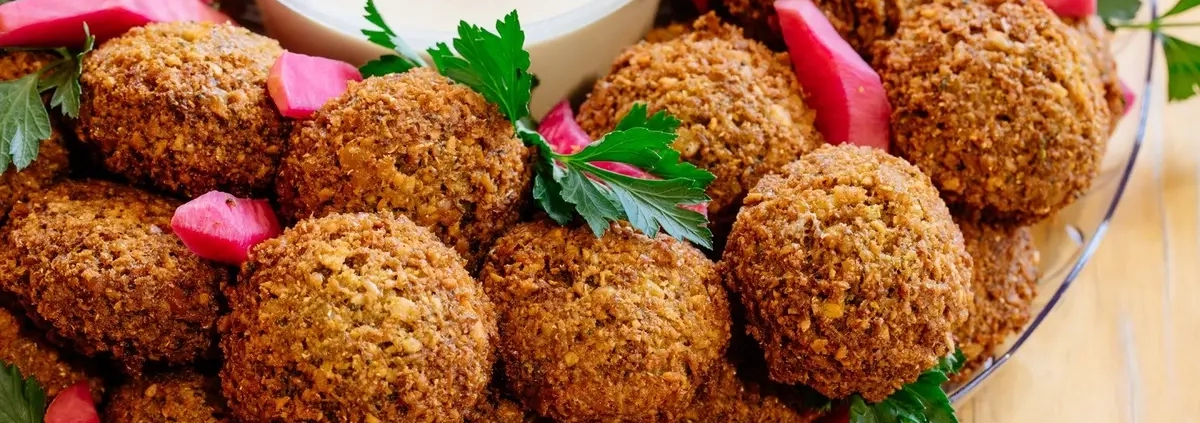

Leave a Reply
Want to join the discussion?Feel free to contribute!